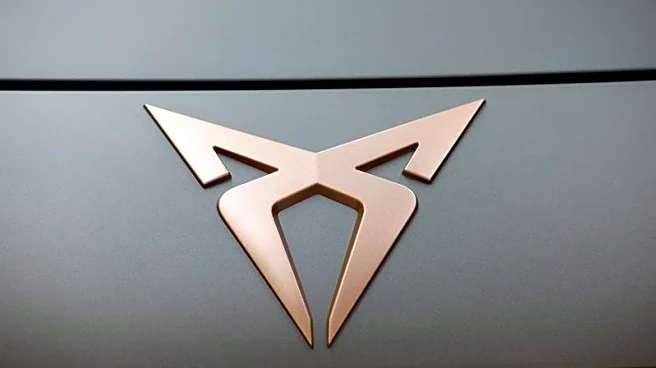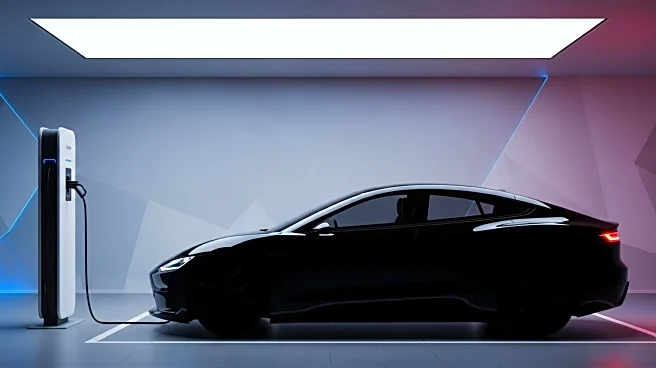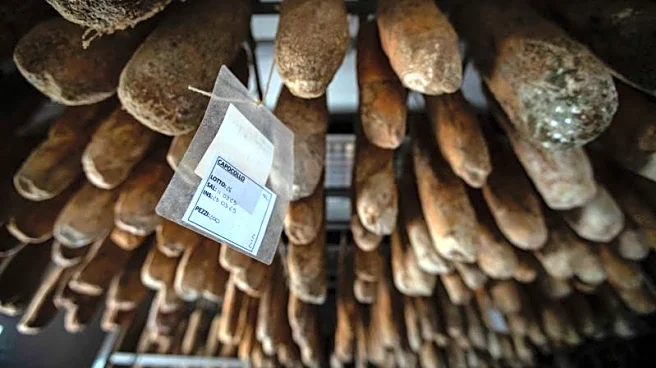What's Happening?
China's vehicle shipments in August have seen a significant increase, driven by trade-in subsidies and robust export activities. According to the China Association of Automotive Manufacturers, the number of sedans, crossovers, SUVs, multipurpose vehicles, and minibuses shipped domestically rose by 15%, surpassing 2 million units. This growth is attributed to strategic incentives and a strong export market, particularly from production sites like Kia's in Yancheng. The increase highlights China's ongoing efforts to bolster its automotive industry through supportive policies and international trade.
Why It's Important?
The surge in vehicle shipments from China underscores the country's strategic focus on enhancing its automotive sector through subsidies and export growth. This development is significant for the global automotive market, as it positions China as a key player in vehicle production and exportation. The increase in shipments could lead to heightened competition for U.S. automakers, who may need to innovate and adapt to maintain their market share. Additionally, the reliance on trade-in subsidies reflects China's commitment to modernizing its vehicle fleet, which could influence global trends towards more sustainable and efficient automotive technologies.
What's Next?
As China's vehicle shipments continue to grow, U.S. automakers may need to reassess their strategies to compete effectively in both domestic and international markets. This could involve increasing investments in electric and hybrid vehicles, enhancing production efficiency, and exploring new markets. Furthermore, the U.S. government and industry stakeholders might consider policy adjustments to support domestic manufacturers and ensure competitiveness against China's expanding automotive influence.












